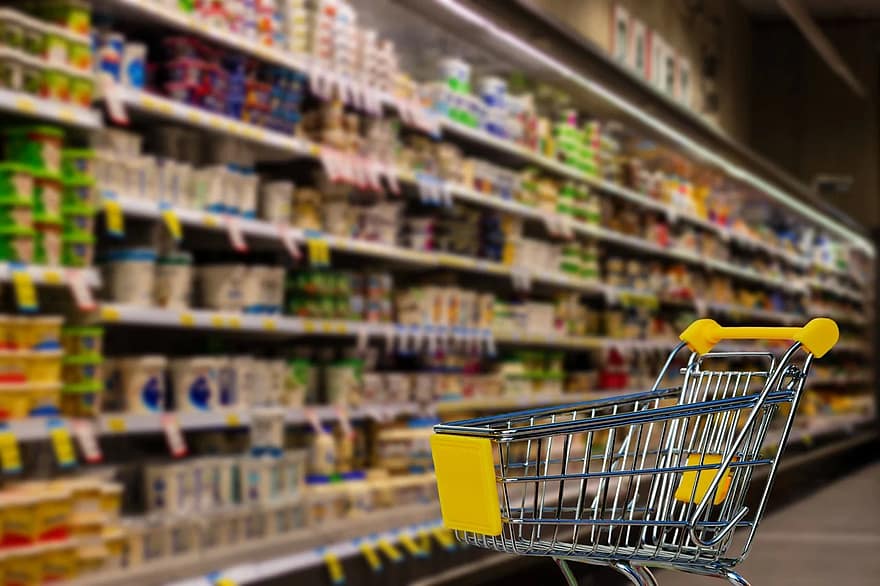Accessibility and design experts are calling for bars, restaurants, retailers and leisure venues to consider the accessibility of their facilities to all customers, when rushing to reopen, as lockdown measures are eased.
In an attempt to make up for lost time, venues that reopened this weekend could be excluding as many as 1 in 5 customers, that have disabilities, as their needs are overlooked.
User experience (UX) and digital agency, Sigma, is calling for greater consideration in the design or in-store distancing and safety measures.
Hilary Stephenson, managing director at user experience (UX) agency, Sigma, said: “Retailers have done brilliant work in recent years to welcome those of all abilities in-store, however these efforts face being voided as temporary distancing measures are put in place. For example, colour coded floor markers and new guidelines stuck in windows cannot be seen by those with sight impairments, and guide dogs do not understand distancing measures.
“Following government advice, the responsibility is now on all businesses, whatever their size or sector, to ensure their services are accessible – as nearly one in five people in the UK has a disability or impairment. Things have been tough for everyone during the past few months, however we shouldn’t abandon accessibility for all in the race to reopen. Better accessibility should not be an option, or consideration in hindsight, it should be a central customer experience consideration from the start.”
Research by disability charity, Purple, revealed that three-quarters (75%) of disabled people have had to leave a physical store because they were unable to finish a purchase due to their disability.
Some of the most common examples of hard to navigate social distancing measures include:
- Traffic light based systems
- Floor markers
- Bathroom queuing systems
- Cash only or contactless only payment
- Hard to navigate websites and booking pages
Hilary continued: “Disabled shoppers may need manual support adhering to distancing measures, as government guidelines are geared towards sighted and able-bodied people. Accessibility also extends beyond the physical in-store experience, with lots of bars and restaurants now requiring customers to booking in advance – leisure outlets must ensure their websites are easy to navigate too.
“Ultimately those that make greater considerations for disabled people will benefit commercially as more customers are able to purchase their products and services. The ‘purple pound’ is estimated to be worth £249 billion, per year, however less than one in ten business have plans in place to cater for those with disabilities.”
Accessibility measures like the Welcome app, from Neatebox, lets users indicate the areas of a venue that they need specific assistance with, and the app delivers a detailed request and overview of the user’s condition, as well as tips for improving their interaction with the service to the business in question. This is a great example of what inclusive customer experience could be like if everyone considered accessibility.



